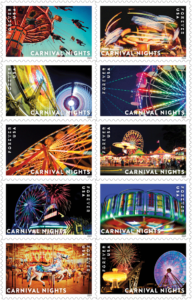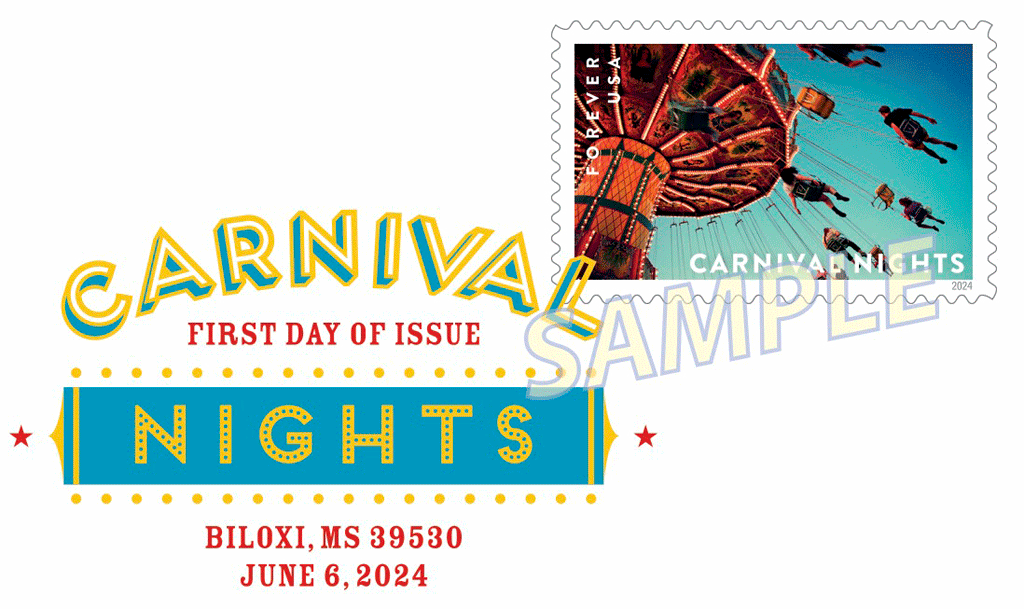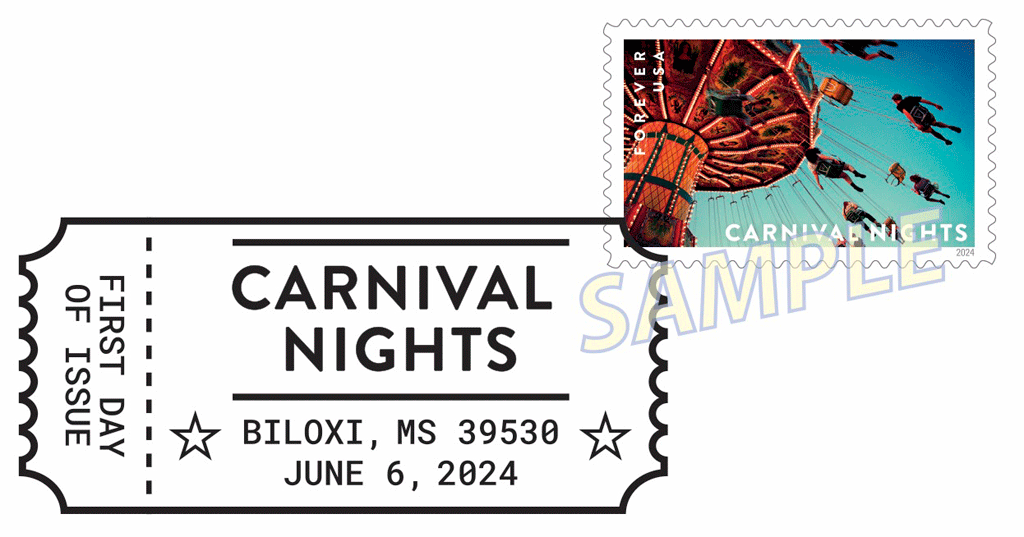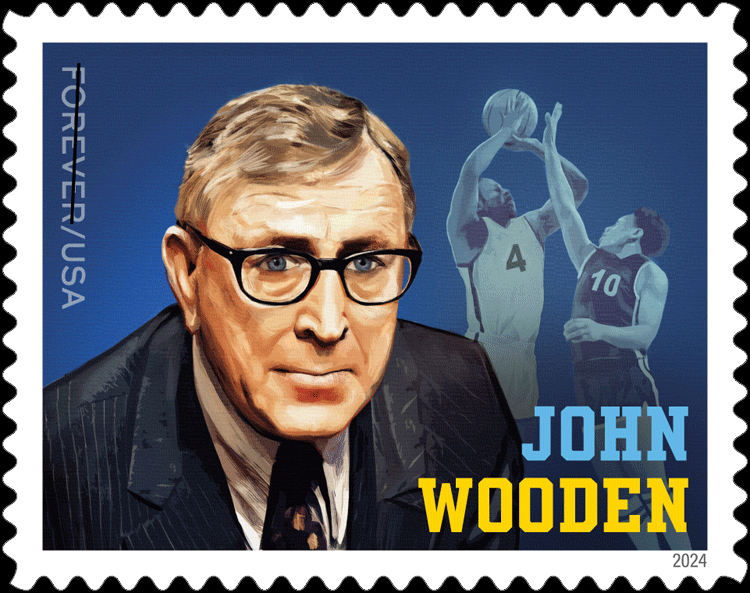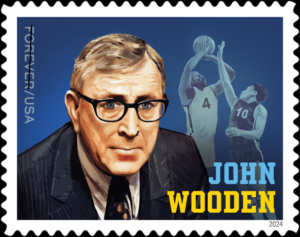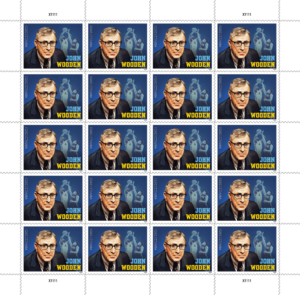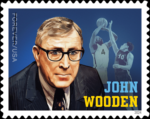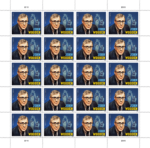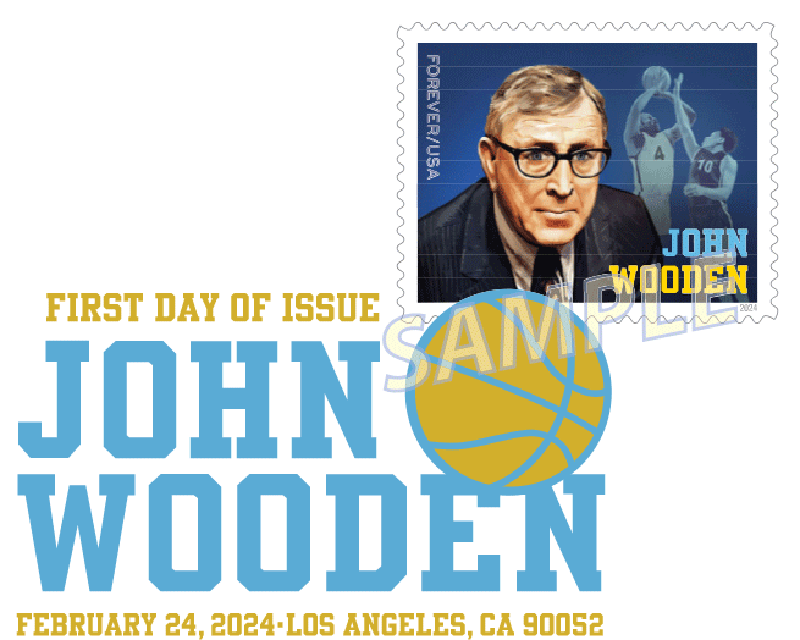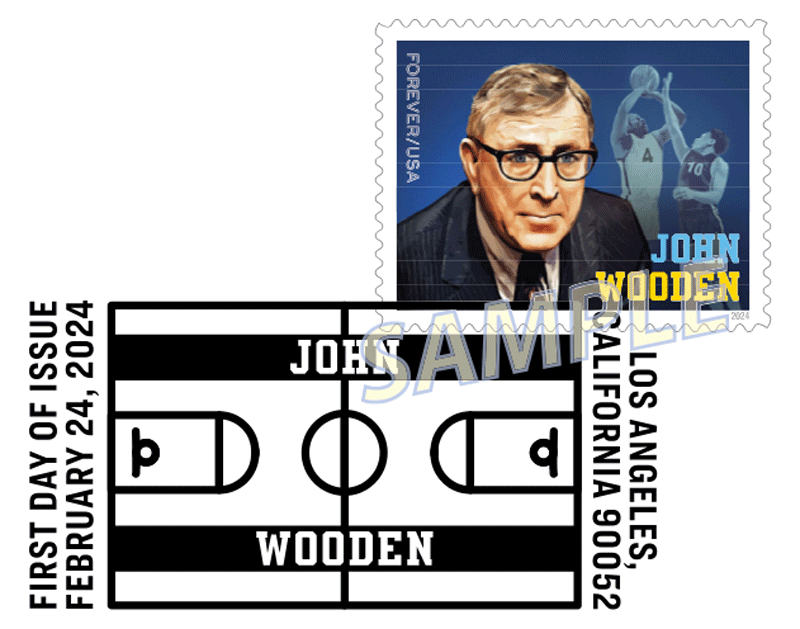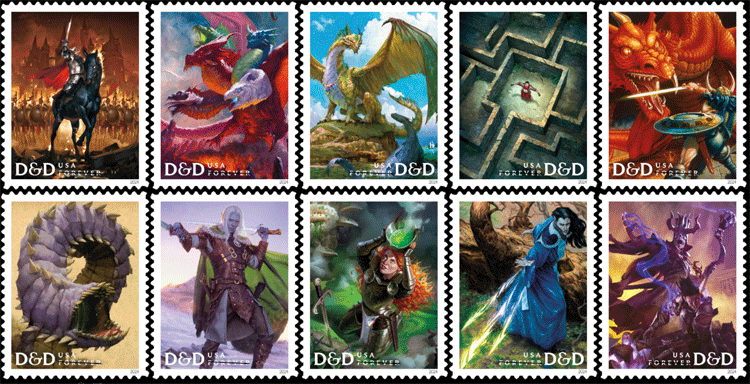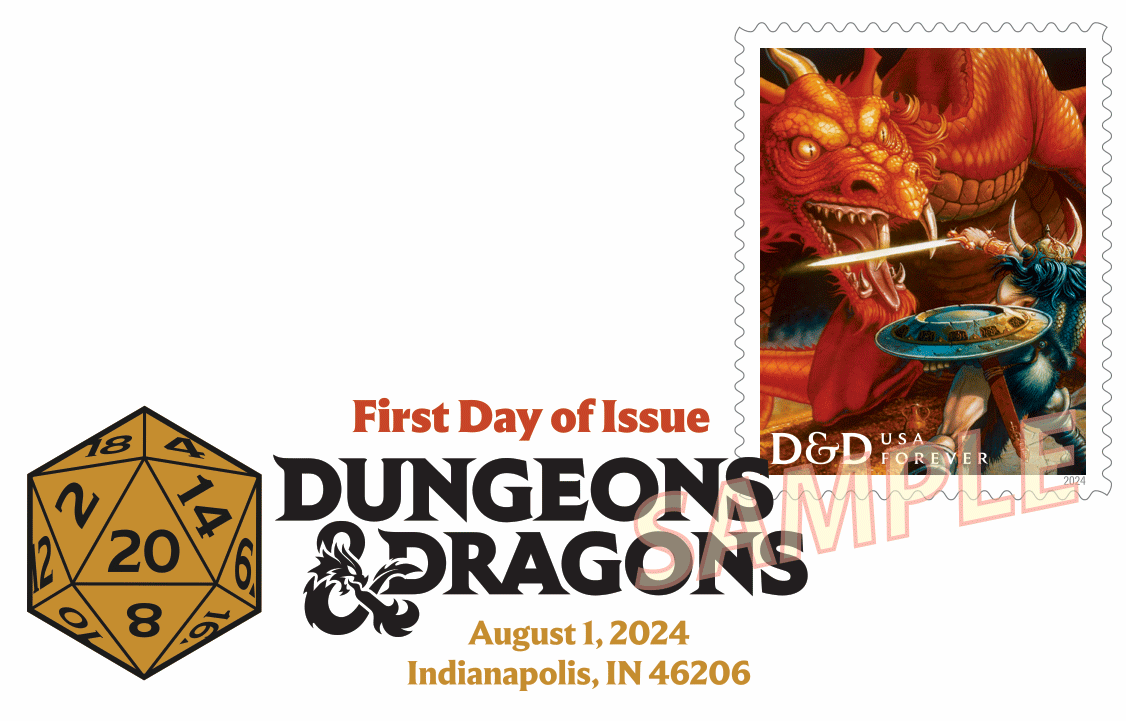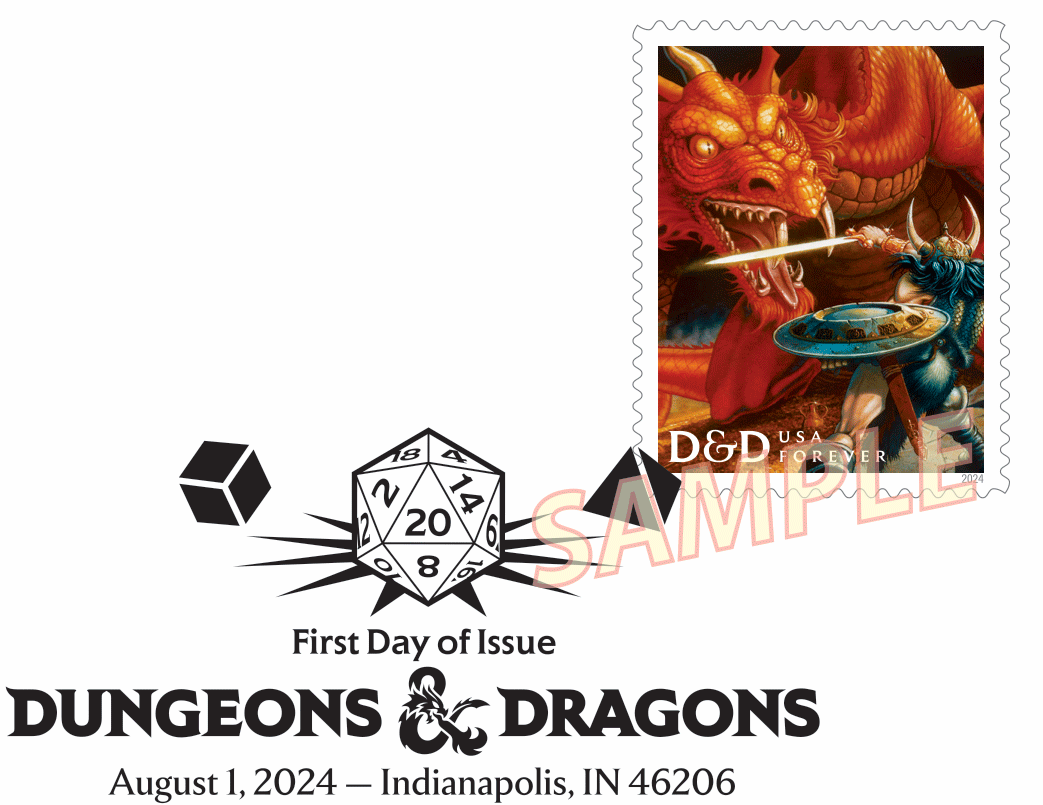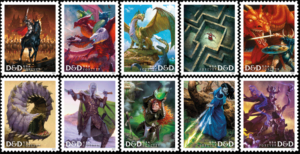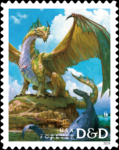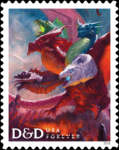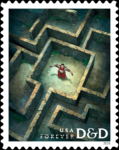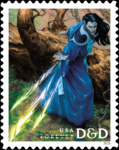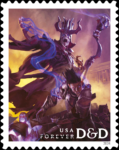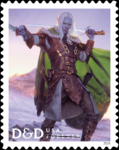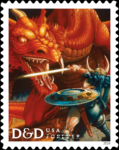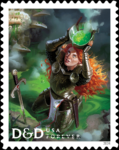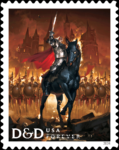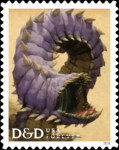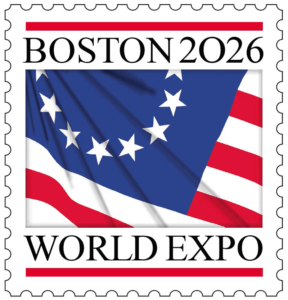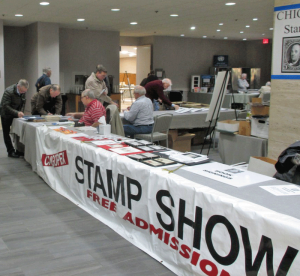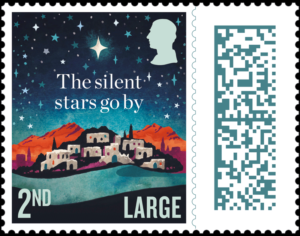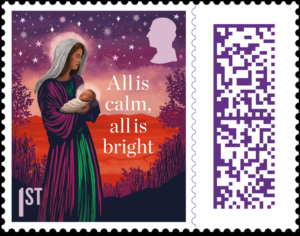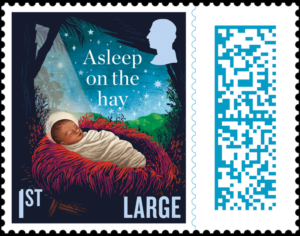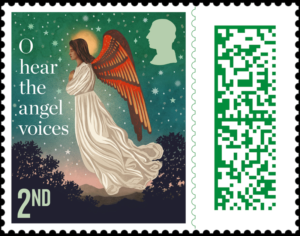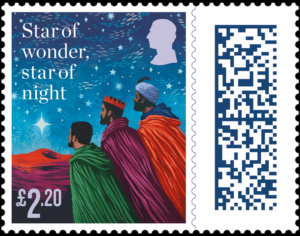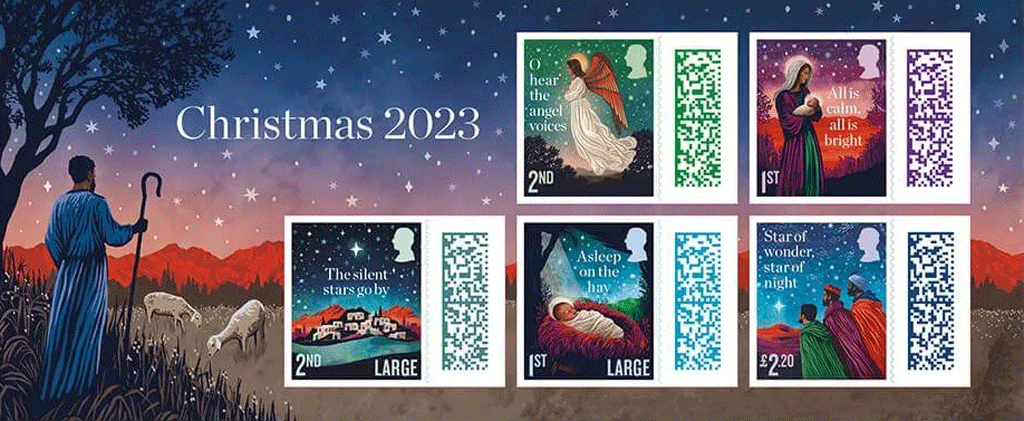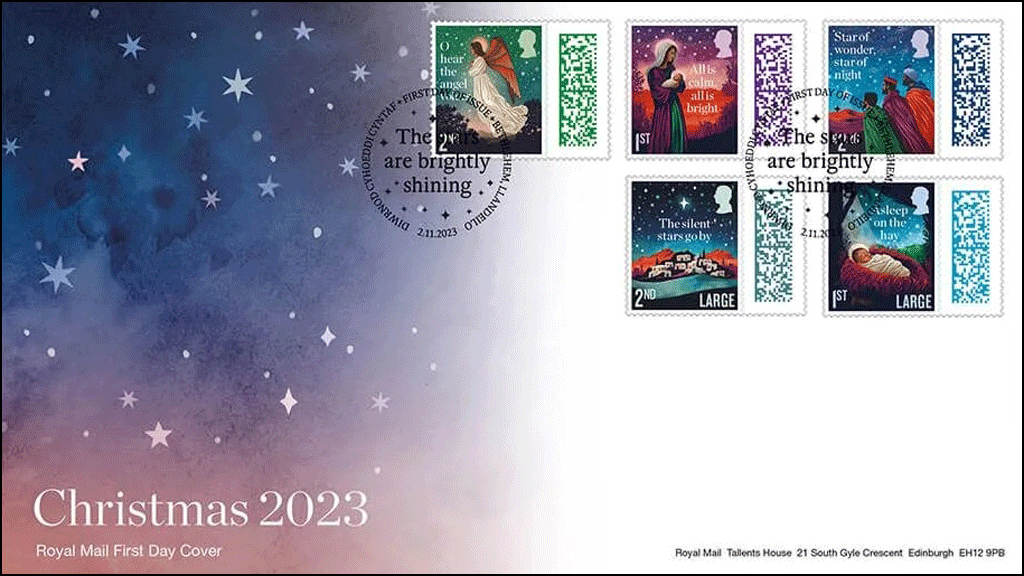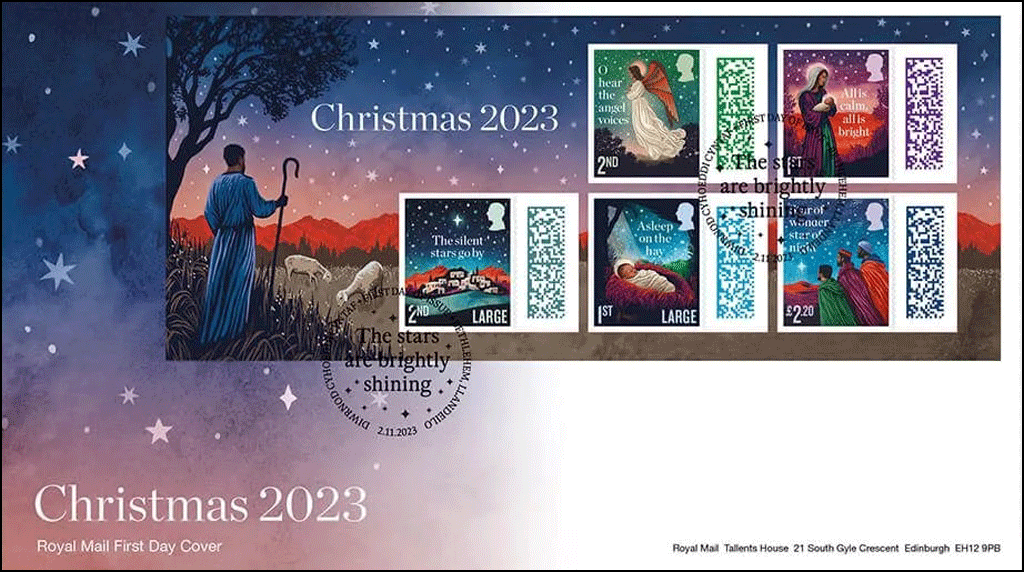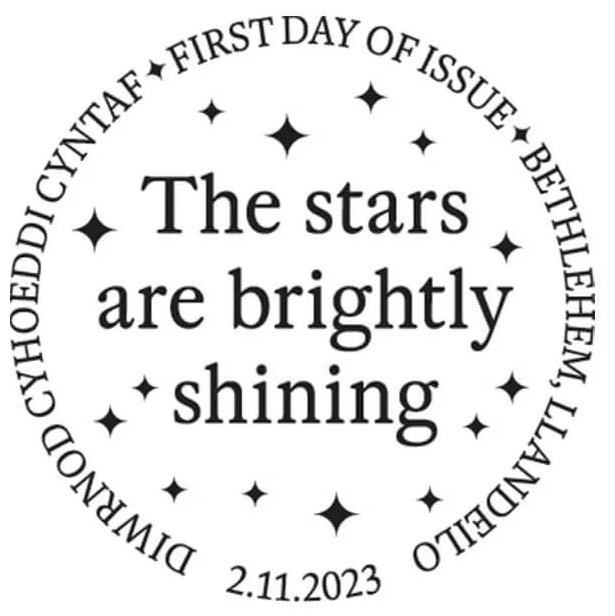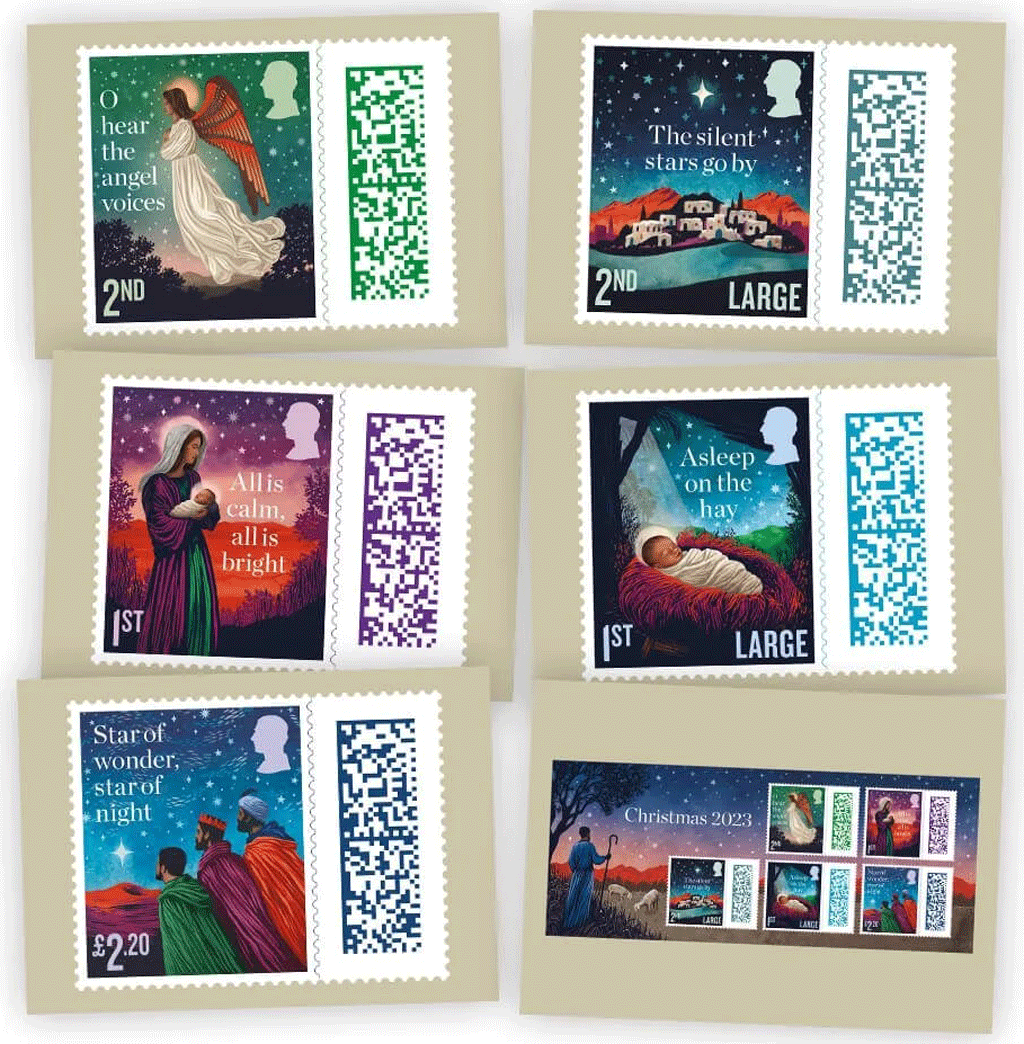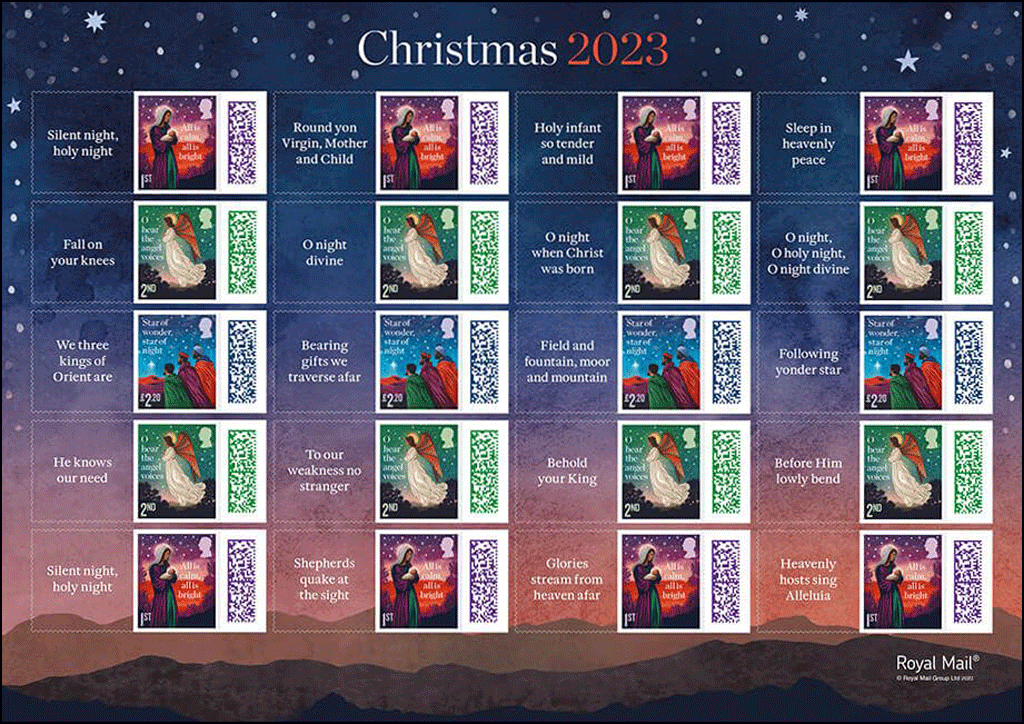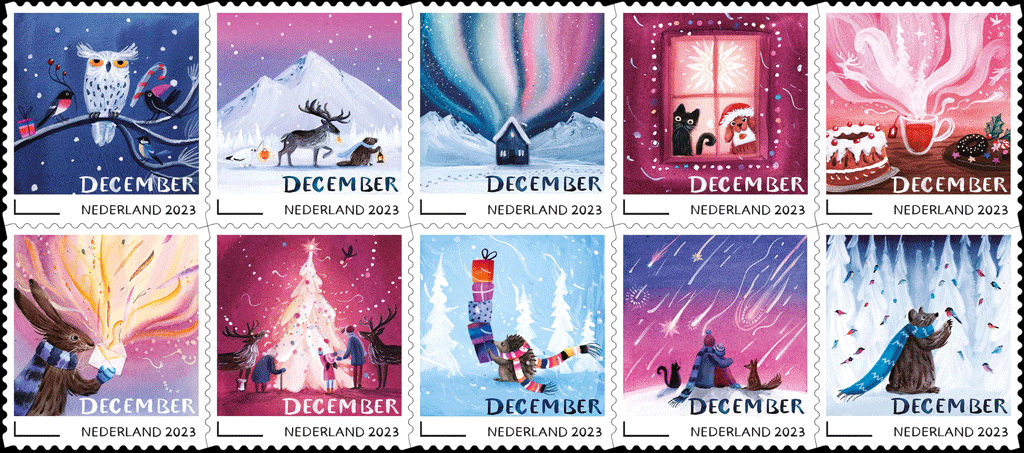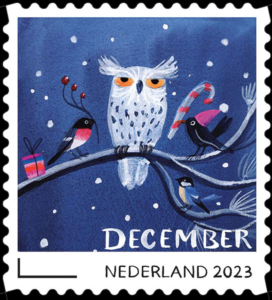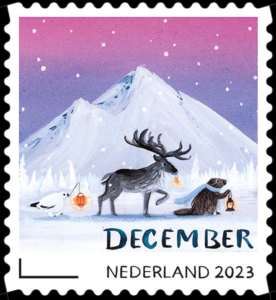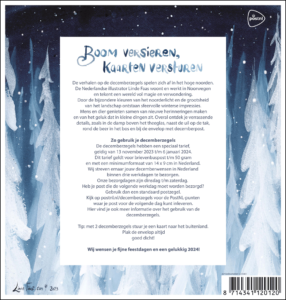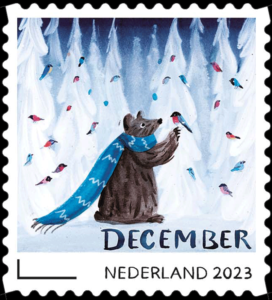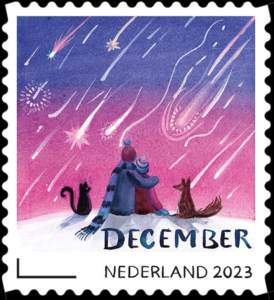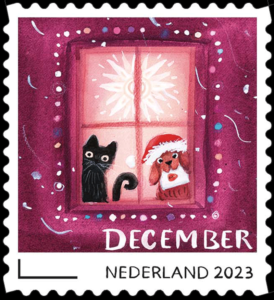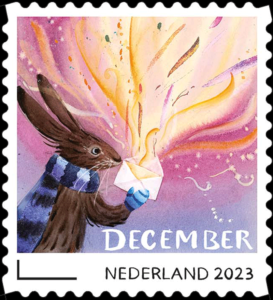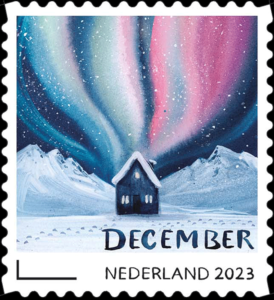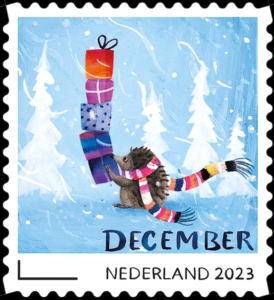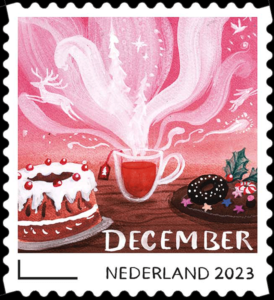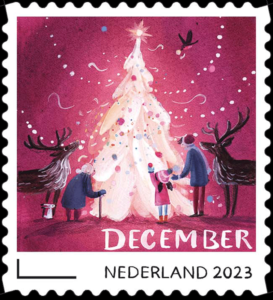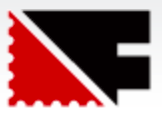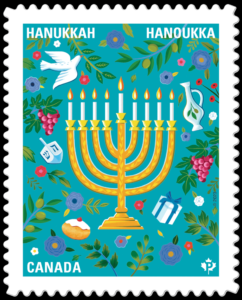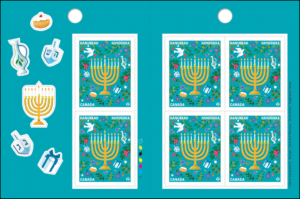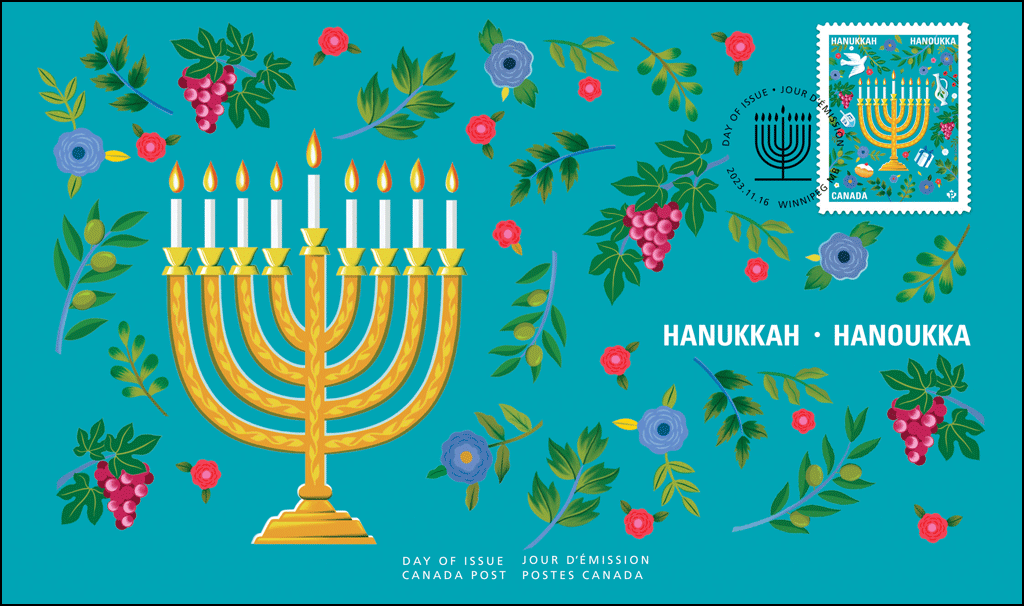Announced by the USPS on November 3, 2023: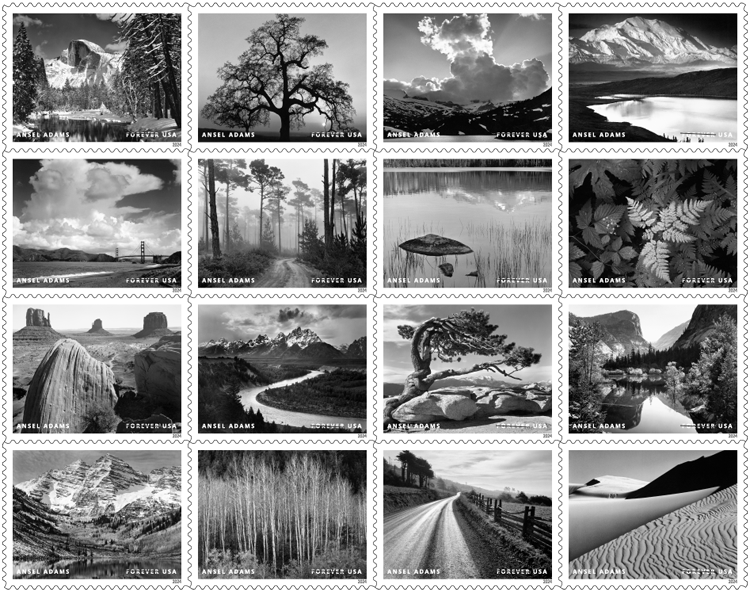
One of the most renowned and influential artists of the 20th century, Ansel Adams (1902-1984) made thousands of awe-inspiring photographs that collectively create a rich visual portrait of the American landscape. A masterful photographer and dedicated environmentalist, Adams sought to imbue each of his black-and-white prints with the power and wonder he felt in the presence of nature. These 16 stamps feature some of Adams’s most famous images in his signature “straight photography” style, an approach defined by its precision and directness. Derry Noyes, an art director for USPS, designed the stamps.
Additional information will be posted below the line, with the most recent info near the top.
Updated July 2nd:
Here are the basic Scott catalogue numbers for this issue. Each imperforate stamp (from the imperforate press sheet) has its own number, too, which you can find here:
Sc. 5854 pane of 16
 a. Half Dome, Merced River, Winter, Yosemite National Park, California, 1938
a. Half Dome, Merced River, Winter, Yosemite National Park, California, 1938
b. Oak Tree, Sunset City, Sierra Foothills, California, 1962
c. Thundercloud, Ellery Lake, High Sierra, Sierra Nevada, California, 1934
d. Denali and Wonder Lake, Denali National Park, Alaska, 1947
e. The Golden Gate and Bridge from Baker Beach, San Francisco, California,1953
f. Road and Fog, Del Monte Forest, Pebble Beach, California, 1964
g. Rock and Grass, Moraine Lake, Sequoia National Park, California, 1936
h. Leaves, Mount Rainier National Park, Washington, c. 1942
i. Monument Valley, Arizona, 1958
j. Tetons and Snake River, Grand Teton National Park, Wyoming, 1942
k. Jeffrey Pine, Sentinel Dome, Yosemite National Park, California, 1940
l. Mirror Lake, Mount Watkins, Spring, Yosemite National Park, California, 1935
m. Maroon Bells, near Aspen, Colorado, 1951
n. Aspens, Dawn, Autumn, Dolores River Canyon, Colorado, 1937
o. Road After Rain, Northern California, 1960
p. Dunes, Oceano, California, 1963
Updated April 17th:
These stamps are now available online for pre-ordering. USPS collectibles have been added to the U.S. 2024 Stamp Program listing for this issue (“USPS Order Numbers”).
Updated April 4th:
Here are the first-day postmarks for this issue: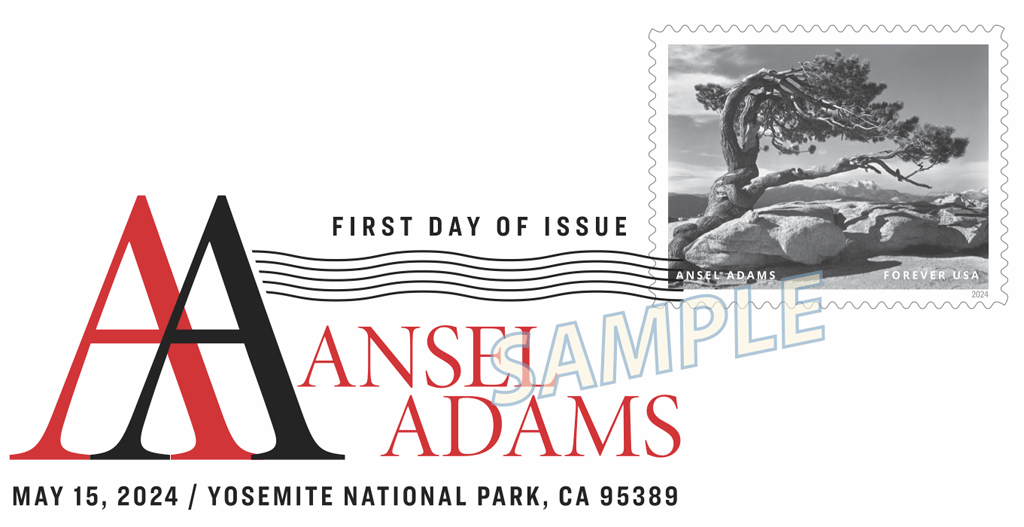 The Digital Color Postmark measures 2.98″ x 1.40″
The Digital Color Postmark measures 2.98″ x 1.40″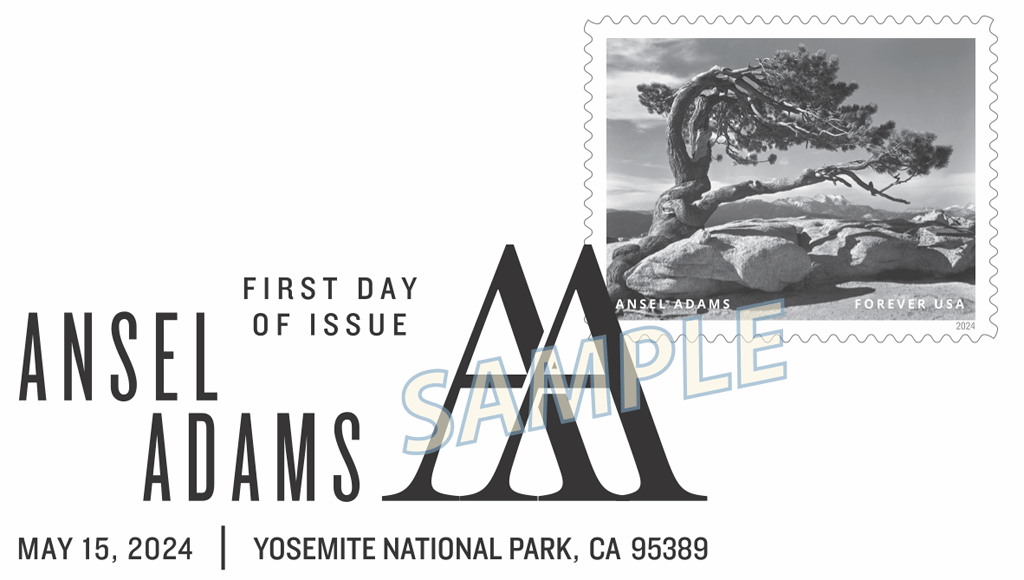 The Pictorial Postmark measures 2.65″ x 1.25″
The Pictorial Postmark measures 2.65″ x 1.25″
From the Postal Bulletin:
On May 15, 2024, in Yosemite National Park, CA, the United States Postal Service® will issue the Ansel Adams stamps (Forever® priced at the First-Class Mail® rate) in 16 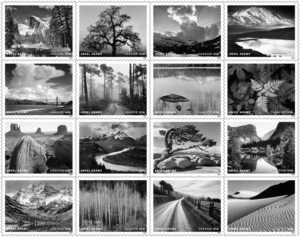 designs, in a pressure-sensitive adhesive (PSA) pane of 16 stamps (Item 485000). These stamps will go on sale nationwide May 15, 2024, and must not be sold or canceled before the first-day-of-issue. The Ansel Adams commemorative pane of 16 stamps must not be split and the stamps must not be sold individually.
designs, in a pressure-sensitive adhesive (PSA) pane of 16 stamps (Item 485000). These stamps will go on sale nationwide May 15, 2024, and must not be sold or canceled before the first-day-of-issue. The Ansel Adams commemorative pane of 16 stamps must not be split and the stamps must not be sold individually.
This stamp issuance honors Ansel Adams (1902–1984), one of the most influential artists of the 20th century, best known for his awe-inspiring black-and-white photographs of the American landscape. These 16 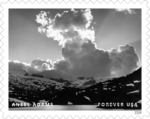 stamps feature some of Adams’ most famous images in his signature “straight photography” style, an approach defined by its precision and directness. Art director Derry Noyes designed the stamps using existing photographs.
stamps feature some of Adams’ most famous images in his signature “straight photography” style, an approach defined by its precision and directness. Art director Derry Noyes designed the stamps using existing photographs.
Automatic distribution.
How to Order the First-Day-of-Issue Postmark:
Customers have 120 days to obtain the first-day-of-issue postmark by mail. They may purchase new stamps at their local Post Office™ or at The Postal Store® website at store.usps.com/store/home. They must affix the stamps to envelopes of their choice, address the envelopes (to themselves or others), and place them in a larger envelope addressed to:
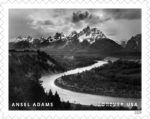 FDOI – Ansel Adams Stamps
FDOI – Ansel Adams Stamps
USPS Stamp Fulfillment Services
8300 NE Underground Drive, Suite 300
Kansas City, MO 64144-9900
After applying the first-day-of-issue postmark, the Postal Service will return the envelopes through the mail. There is no charge for the postmark up to a quantity of 50. There is a 5-cent charge for each additional postmark over 50. All orders must be postmarked by September 15, 2024.
Technical Specifications:
Issue: Ansel Adams Stamps
Item Number: 485000
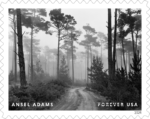 Denomination & Type of Issue: First-Class Mail Forever
Denomination & Type of Issue: First-Class Mail Forever
Format: Pane of 16 (16 designs)
Series: N/A
Issue Date & City: May 15, 2024, Yosemite National Park, CA 95389
Art Director: Derry Noyes, Washington, DC
Designer: Derry Noyes, Washington, DC
Existing Photos: Ansel Adams
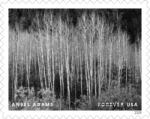 Modeler: Sandra Lane / Michelle Finn
Modeler: Sandra Lane / Michelle Finn
Manufacturing Process: Offset
Printer: Banknote Corporation of America
Press Type: Alprinta 74
Stamps per Pane: 16
Print Quantity: 20,000,000
Paper Type: Phosphor, Block Tag
Adhesive Type: Pressure-sensitive
 Colors: Black
Colors: Black
Stamp Orientation: Horizontal
Image Area (w x h): 1.4200 x 1.0850 in. / 36.0680 x
27.5590 mm
Overall Size (w x h): 1.5600 x 1.2250 in. / 39.6240 x
31.1150 mm
Full Pane Size (w x h): 7.2400 x 7.4100 in. / 183.8960 x
188.2140 mm
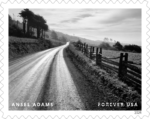 Press Sheets Size (w x h): 21.7200 x 22.2300 in. / 551.6880 x
Press Sheets Size (w x h): 21.7200 x 22.2300 in. / 551.6880 x
564.6420 mm
Plate Size: 144 stamps per revolution
Plate Number: “B” followed by one (1) single digit
Marginal Markings:
Front: Header: ANSEL ADAMS • photographer, 1902 – 1984 • Plate number in bottom two corners
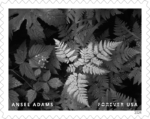 Back: Ansel Adams photographs © The Ansel Adams Publishing Rights Trust • © 2023 USPS • USPS logo • Two barcodes (485000) • Plate position diagram (9) • Promotional text
Back: Ansel Adams photographs © The Ansel Adams Publishing Rights Trust • © 2023 USPS • USPS logo • Two barcodes (485000) • Plate position diagram (9) • Promotional text
Updated April 3rd:
[press release] [click on any of the pictures for larger versions]
Postal Service to Honor Ansel Adams With Stamps Showcasing 16 Stunning Portraits of the American Landscape
 What: First-day-of-issue dedication ceremony for the Ansel Adams Forever stamps featuring 16 photographs made by the esteemed artist and environmentalist. The first-day-of-issue event for the Ansel Adams Forever stamps is free and open to all visitors of Yosemite National Park. News of the stamps is being shared with the hashtag #AnselAdamsStamps.
What: First-day-of-issue dedication ceremony for the Ansel Adams Forever stamps featuring 16 photographs made by the esteemed artist and environmentalist. The first-day-of-issue event for the Ansel Adams Forever stamps is free and open to all visitors of Yosemite National Park. News of the stamps is being shared with the hashtag #AnselAdamsStamps.
Who: The Hon. Daniel Tangherlini, a member of the U.S. Postal Service Board of Governors, will serve as the dedicating official.
Matthew Adams, grandson of Ansel Adams
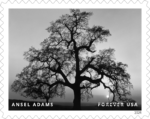 Cicely Muldoon, superintendent, Yosemite National Park
Cicely Muldoon, superintendent, Yosemite National Park
Scott Gediman, public affairs officer, Yosemite National Park
Shelton Johnson, park ranger, Yosemite National Park
Alan Ross, photographer
When: May 15, 2024, at 11 a.m. PDT
Where: The Ansel Adams Gallery
9031 Village Drive
Yosemite National Park, CA 95389
RSVP: Ceremony attendees are encouraged to RSVP at usps.com/anseladamsstamps.
Background: Experience the wonder of the American West through the lens of one of America’s most iconic photographers, Ansel Adams (1902-1984). This pane of 16 stamps features some of Adams’ most famous images in his signature “straight photography” style, an approach defined by its precision and directness. The first row of stamps, left to right, features “Half Dome, Merced River, Winter, Yosemite National Park, California” (1938); “Oak Tree, Sunset City, Sierra Foothills, California” (1962); “Thundercloud, Ellery Lake, High Sierra, Sierra Nevada, California” (1934); and “Denali and Wonder Lake, Denali National Park, Alaska” (1947).
The first row of stamps, left to right, features “Half Dome, Merced River, Winter, Yosemite National Park, California” (1938); “Oak Tree, Sunset City, Sierra Foothills, California” (1962); “Thundercloud, Ellery Lake, High Sierra, Sierra Nevada, California” (1934); and “Denali and Wonder Lake, Denali National Park, Alaska” (1947). The second row, left to right, features “The Golden Gate and Bridge from Baker Beach, San Francisco, California” (c.1953); “Road and Fog, Del Monte Forest, Pebble Beach, California” (1964); “Rock and Grass, Moraine Lake, Sequoia National Park, California” (1936); and “Leaves, Mount Rainier National Park, Washington” (c.1942).
The second row, left to right, features “The Golden Gate and Bridge from Baker Beach, San Francisco, California” (c.1953); “Road and Fog, Del Monte Forest, Pebble Beach, California” (1964); “Rock and Grass, Moraine Lake, Sequoia National Park, California” (1936); and “Leaves, Mount Rainier National Park, Washington” (c.1942).
The third row, left to right, features “Monument Valley, Arizona” (1958); “Tetons and Snake River, Grand Teton National Park, Wyoming” (1942); “Jeffrey Pine, Sentinel Dome, Yosemite National Park, California” (1940); and “Mirror Lake, Mount Watkins, Spring, Yosemite National Park, California” (1935). The fourth row, left to right, features “Maroon Bells, near Aspen, Colorado” (1951); “Aspens, Dawn, Autumn, Dolores River Canyon, Colorado” (1937); “Road After Rain, Northern California” (1960); and “Dunes, Oceano, California” (1963).
The fourth row, left to right, features “Maroon Bells, near Aspen, Colorado” (1951); “Aspens, Dawn, Autumn, Dolores River Canyon, Colorado” (1937); “Road After Rain, Northern California” (1960); and “Dunes, Oceano, California” (1963).
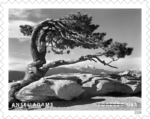 As evidenced by the striking images in this collection, Adams devoted much of his career to the advancement of photography as a fine art. Derry Noyes, an art director with USPS, designed the stamps using existing photographs.
As evidenced by the striking images in this collection, Adams devoted much of his career to the advancement of photography as a fine art. Derry Noyes, an art director with USPS, designed the stamps using existing photographs.
Updated February 23rd:
These stamps will be issued May 15 at Yosemite National Park in California.

